Prehistory applies for UNESCO World Heritage recognition
The official candidacy of the “pile dwellings in the Alps” will be signed tomorrow in Paris. The file contains an inventory, which, for the first time, has gathered all of the prehistoric sites in Italy
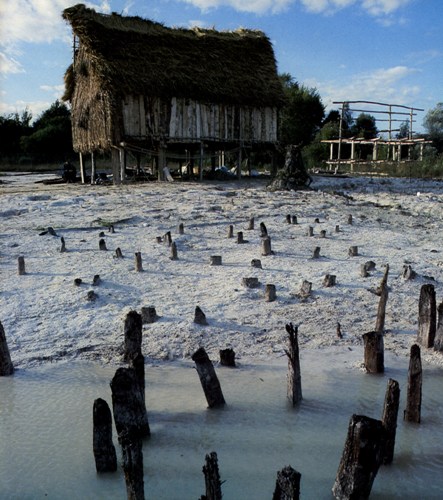 It is becoming increasingly likely that the prehistoric pile dwellings in the Alps will officially receive UNESCO World Heritage recognition. Tomorrow (26 January), in Paris, the countries concerned, led by Switzerland, will sign the candidacy for the prestigious recognition. Among these, there is also Italy, who have included Virginia Island, near Varese, among their prehistoric sites. The file comes with an inventory of the known pole-dwelling sites, which, for the first time, has been standardised for all countries.
It is becoming increasingly likely that the prehistoric pile dwellings in the Alps will officially receive UNESCO World Heritage recognition. Tomorrow (26 January), in Paris, the countries concerned, led by Switzerland, will sign the candidacy for the prestigious recognition. Among these, there is also Italy, who have included Virginia Island, near Varese, among their prehistoric sites. The file comes with an inventory of the known pole-dwelling sites, which, for the first time, has been standardised for all countries.
The signing of the file for UNESCO World Heritage recognition marks the first important step in the candidacy of the “prehistoric pole-dwelling sites in the Alps”. This objective has been achieved thanks to close international collaboration, where Switzerland has played the role of promoter, preparing the candidacy, since 2004, together with Austria, Slovenia, Italy, Germany and France.
The historic value – The “pole-dwelling sites” are the remains of prehistoric settlements in lakes, and marshes in the Alps. Among the sites competing, 156 of the approximately 1000 known sites are in the six countries in question, and so, this is a trans-national serial application for inclusion in the World Heritage list. In Switzerland, 15 cantons are involved, and a high density of pole-dwelling sites can be found particularly near the large lakes. A list of the pole-dwelling sites can be found on the website of the Federal Office of Culture.
The first international inventory – International collaboration to safeguard this extraordinary cultural heritage is one of the most important objectives of UNESCO World Heritage. In preparing the candidacy, cooperation in the archaeology of pole-dwelling sites has improved considerably; for the first time, it has been possible to introduce a standardised inventory for all countries, which gathers together all the known pole-dwelling sites, mapping them, and the surrounding protection areas, out. By means of indicators, the inventory provides information on the dating, it indicates the particular value of the site, with respect to World Heritage, and it defines the surrounding zone, the state of preservation and any possible threats. In addition, the inventory contains information on legal protection, on technical preservation measures, and bibliographical references.
New dynamics for research – The standardised, trans-national inventory brings new dynamics to the archaeology of pole-dwelling sites. The countries concerned have set up a common management plan that includes measures that are applied at local, regional and national levels. This also provides a base for future international collaboration; a number of common projects have been planned, in this case, in the areas of research and preservation, and of sensitisation and mediation. An international coordination group has been set up to implement these projects.
The base for the discovery of the first agricultural societies – The remains of prehistoric settlements provide living evidence of the origins and development of agricultural societies in the Alps. Thanks to particularly favourable conditions, the organic matter of which most of the objects in the prehistoric age (which can no longer be found in normal, dry ground sites) were made, has been preserved in an excellent condition: wood, textile products, plants or food remains today enable modern archaeology, and similar sciences, like archaeobotany and climatological research, to make precise assertions about life in the Alps, in prehistoric times. The extraordinarily high density of sites and research data, spread over quite a vast geographical area, allows making reliable statements, reconstructing social developments and having a global view of the cultural exchanges between different cultural groups.
The importance of the candidacy – The candidacy of the pole-dwelling sites is unusual and complex, particularly because the exceptional nature of its value is still not visible, given that the sites are situated beneath the earth’s surface. The archaeological organic material is very sensitive and requires uniform preservation conditions. The candidacy for UNESCO World Heritage recognition contributes decisively to illustrating the importance to a vast public, and to increasing the protection of the sites.
The decision – Once Jean-Frédéric Jauslin and the qualified delegates of the countries concerned have sent the candidacy file, this will be examined, in the summer of 2010, by the experts of the International Council on Monuments and Sites ICOMOS, UNESCO’s advisory body. The World Heritage Committee will decide as soon as possible, during the 2011 session.
La community di VareseNews
Loro ne fanno già parte
Ultimi commenti
Emanuele Zanetti su Motociclista di Ferno ucciso da un orso in Romania
GrandeFratello su Superate le 700 firme per la petizione sul recupero del Grand Hotel Campo dei Fiori di Varese
Felice su Motociclista di Ferno ucciso da un orso in Romania
Stefano64 su Neil Young torna dopo l'enorme successo di Harvest: ma non è il disco che tutti si aspettano
Alessandro Zanzi su Superate le 700 firme per la petizione sul recupero del Grand Hotel Campo dei Fiori di Varese
Felice su La bibliocabina, la panchina e il cane che fa pipì. A Fagnano Olona scoppia la polemica

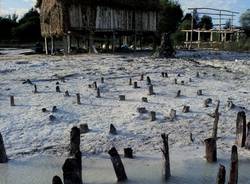
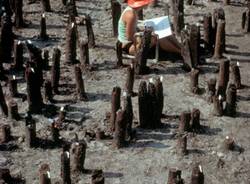
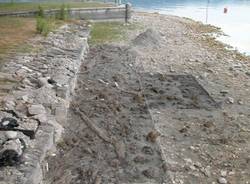
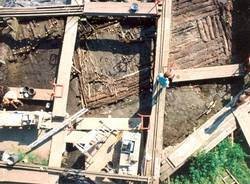



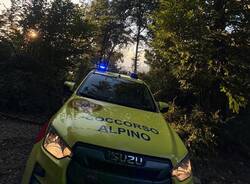


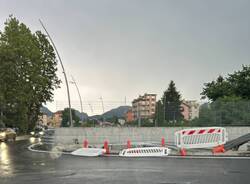








Accedi o registrati per commentare questo articolo.
L'email è richiesta ma non verrà mostrata ai visitatori. Il contenuto di questo commento esprime il pensiero dell'autore e non rappresenta la linea editoriale di VareseNews.it, che rimane autonoma e indipendente. I messaggi inclusi nei commenti non sono testi giornalistici, ma post inviati dai singoli lettori che possono essere automaticamente pubblicati senza filtro preventivo. I commenti che includano uno o più link a siti esterni verranno rimossi in automatico dal sistema.